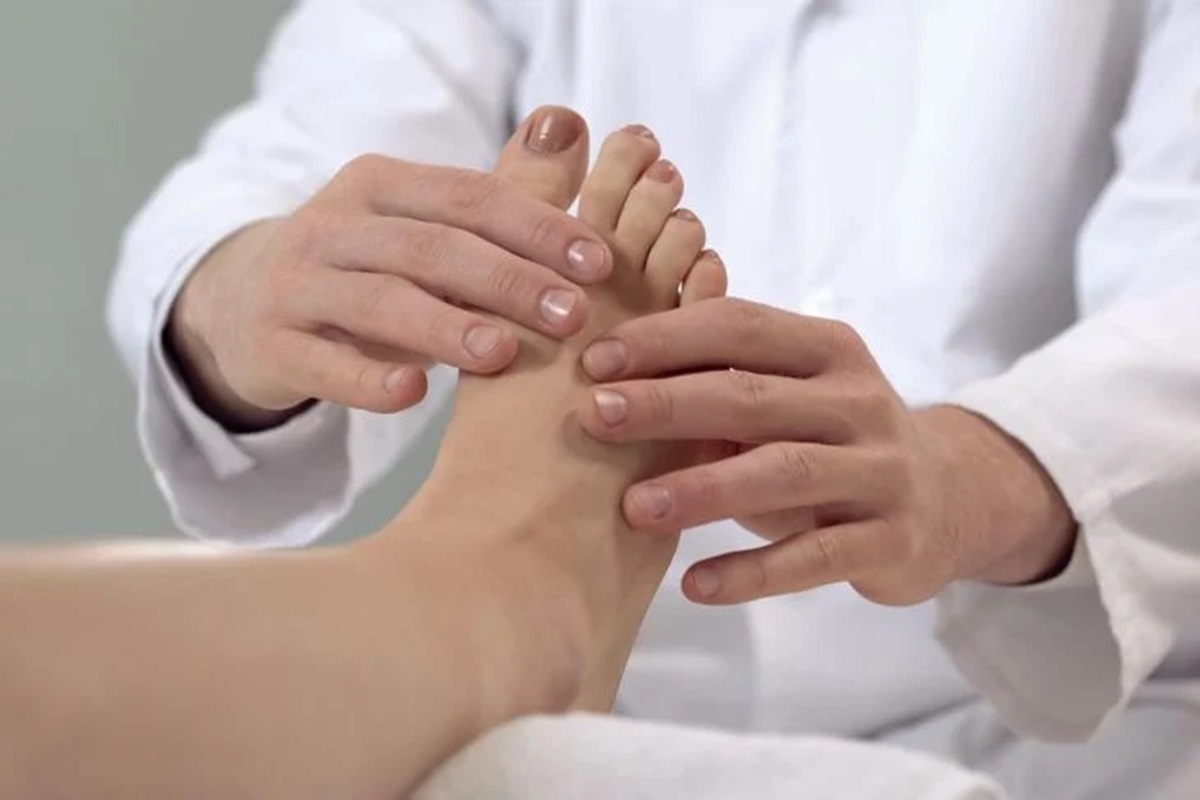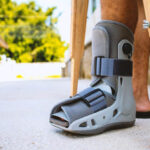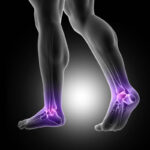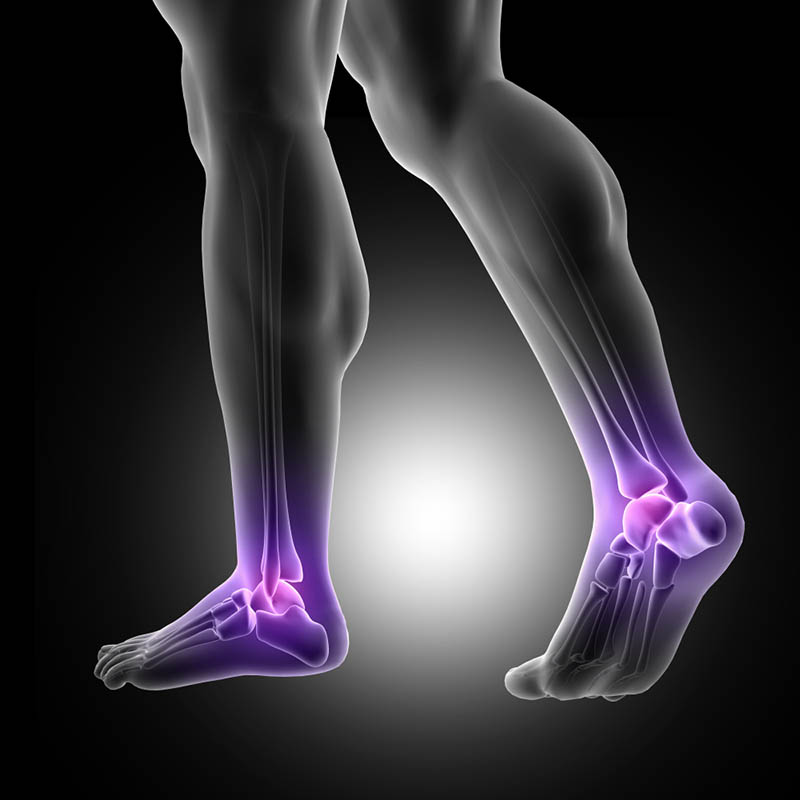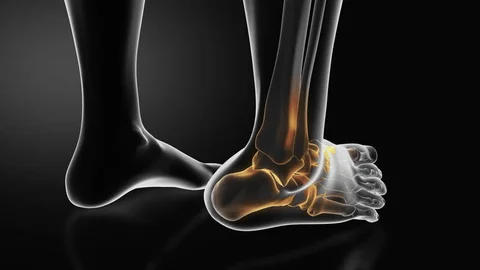Dealing with pain on top of foot can make everyday activities—from walking to exercise—uncomfortable and frustrating. This pain can come from tendons, bones, joints, or nerves, and it may develop suddenly after an injury or gradually from overuse. Understanding the common causes of foot pain on top of foot, along with when to seek help …
Dealing with pain on top of foot can make everyday activities—from walking to exercise—uncomfortable and frustrating. This pain can come from tendons, bones, joints, or nerves, and it may develop suddenly after an injury or gradually from overuse. Understanding the common causes of foot pain on top of foot, along with when to seek help from a foot specialist near you, will help you take steps toward relief and prevent further complications.
Quick guide: is it tendon, bone, joint, or nerve
The top of the foot is made up of multiple structures, and pinpointing the source of discomfort is essential for effective treatment. Tendon issues, such as extensor tendonitis or anterior tibial tendonitis, are common in people with improper footwear, flat feet or high arches, or who perform repetitive motions. Bone injuries, like stress fractures or bone spurs, can also lead to persistent pain. Joint problems, such as arthritis on top of foot or hallux rigidus, often cause stiffness, while nerve-related conditions like tarsal tunnel syndrome or peripheral neuropathy may produce burning, tingling, or numbness.
Foot discomfort can develop in many areas, including the top, bottom, or sides of the foot, and may affect the heel, toes, arch, or multiple regions at once. Since our feet support us through nearly every daily activity, foot pain is a frequent complaint. Studies estimate that approximately 17% to 24% of adults experience foot pain at any given time, making it one of the most common musculoskeletal concerns. While repetitive use is a common cause, pain can also stem from sports-related injuries, underlying medical conditions, or footwear that lacks proper fit and support.
How symptoms point to tendonitis, stress fracture, arthritis, or nerve issues
- Tendonitis: Gradual pain that worsens with certain movements, sometimes linked to overuse injuries or improper footwear.
- Stress fracture: Sharp, localized pain that worsens with activity and improves with rest; may mimic tendon pain.
- Arthritis: Stiffness and swelling in the morning or after inactivity, with pain improving slightly after movement.
- Nerve irritation: Burning pain, tingling, or numbness or tingling on the top of the foot, often aggravated by pressure.
Top causes of pain on the top of the foot
Discomfort along the top of the foot often arises from activities that place repeated stress on the area, such as running, jumping, or kicking. Wearing overly tight shoes can also contribute, as can certain medical conditions like gout or arthritis. Research indicates that overuse injuries account for nearly 80% of running-related foot problems, many of which involve the top of the foot. The pattern and type of symptoms, whether sharp, aching, or accompanied by swelling, can offer valuable clues to the underlying cause.
Extensor tendonitis and “lacing pressure” from tight shoes
Extensor tendonitis is inflammation of the tendons that run along the top of the foot. It often occurs in runners or people wearing overly tight shoes, where lacing pressure aggravates the tendons. This condition can also be linked to overuse injuries, foot imbalances, and lack of well-fitted shoes.
Metatarsal stress fracture and when it mimics tendon pain
A stress fracture in the metatarsals may cause pinpoint pain that worsens with each step. It can be mistaken for tendonitis early on, but unlike tendon pain, a fracture often persists during rest. Learn more about why sharp pain on top of foot when walking can quickly disrupt daily life.
Midfoot sprain or Lisfranc injury indicators
A Lisfranc injury involves the ligaments in the midfoot. It can cause swelling, bruising, and pain when pushing off during walking or running. Sometimes, foot x-rays and even MRIs are needed for a clear diagnosis.
Arthritis, gout, and other joint causes
Arthritis, gout, and hallux rigidus can affect the joints on top of the foot, leading to stiffness, swelling, and recurring pain. Gout typically causes sudden, intense pain and redness, while arthritis progresses slowly over time.
Nerve irritation or entrapment symptoms
Nerve compression, peripheral neuropathy, or tarsal tunnel syndrome can cause burning, tingling, or numbness over the top of the foot. Footwear changes, compression socks, and targeted treatments may help relieve symptoms.
Symptoms you should not ignore
Some signs require urgent attention, as they may indicate serious injury or medical conditions.
Red flags: severe swelling, deformity, fever, numbness, color change, inability to bear weight
If you have sudden swelling, visible deformity, or signs of infection like fever, seek prompt evaluation. Numbness or tingling, changes in skin color, or inability to bear weight should also be assessed by a foot specialist.
Pain that worsens with activity vs pain that improves with rest and what that may mean
Pain that intensifies with walking or running may indicate stress fractures or tendon injury. Pain that feels worse at rest and eases with light movement could point to arthritis.
When to see a foot specialist near you vs urgent care
Not all foot pain requires emergency care, but knowing where to go can save time and ensure proper treatment.
See a specialist if pain persists beyond a few days, recurs, or limits activity
Persistent discomfort, recurring pain on top of foot, or symptoms that restrict daily movement should prompt a visit to a podiatrist or foot specialist near you. Many causes can be resolved with conservative therapy for pain relief.
Go to urgent care or ER for severe pain, deformity, open wounds, or inability to walk
Severe pain after trauma, open wounds, or an inability to put weight on the foot may indicate a fracture or significant injury that needs immediate medical evaluation.
How top-of-foot pain is diagnosed
Accurate diagnosis begins with a physical examination and may involve multiple imaging tests.
Exam, gait review, and palpation to localize pain
A foot specialist will assess your walking pattern, press on specific areas to locate tenderness, and check for swelling or deformity.
Imaging: X-ray first; MRI for suspected stress fracture or soft-tissue injury
X-rays are often the first step to rule out fractures or detect bone spurs. If symptoms suggest a stress fracture or soft-tissue injury, MRIs can reveal more detail.
How to treat pain on the top of the foot
Treatment depends on the diagnosis, but most plans start with reducing pain and inflammation while supporting healing.
Home care: rest, ice, elevation, shoe changes, and lacing modifications
Begin with rest and elevation to promote swelling reduction. Apply ice or use a foot soak for comfort. Adjust shoe laces to reduce lacing pressure and consider supportive shoes.
Medical care: braces or boot, activity modification, physical therapy; when orthotics help
If home measures aren’t enough, medical care may include immobilization with a walking boot, custom orthotics, anti-inflammatory medication, or cortisone injections. Physical therapy can target tendonitis prevention and improve strength.
Return to activity and prevention
Prevention is as important as treatment for foot pain on top of foot.
Gradual loading, strength and mobility work, and footwear guidance
Increase activity slowly, use rocker style shoes or orthotics for support, and include exercises to reduce pain in your routine.
Training errors to avoid to prevent recurrence
Avoid sudden changes in activity level, improper footwear, and skipping warm-up. Stress fractures prevention starts with balanced training and well-fitted shoes.
Local care: foot specialist near you in Brookfield, WI
If you’re struggling with pain on top of foot, the Wisconsin Foot & Ankle Clinic offers same-week evaluation. A foot specialist near you can assess your symptoms, provide targeted treatment, and help prevent future issues.
Conclusion
Pain on top of foot can stem from tendons, bones, joints, or nerves, and each requires a different approach. Knowing the cause, trying safe at-home steps, and consulting a foot specialist when needed will help you recover and return to normal activities.
FAQs
What is the most common cause of pain on top of foot?
Often extensor tendonitis, but other causes include stress fractures, arthritis, and nerve conditions.
How do I know if it is a stress fracture or tendonitis?
Tendonitis pain may improve during activity and worsen afterward, while fracture pain often worsens with weight-bearing. Imaging confirms the diagnosis.
When should I get an X-ray or MRI?
If pain on top of foot persists for several days, limits movement, or follows trauma, an x-ray is the first step. If the x-ray is clear but pain remains, an MRI can detect hidden injuries.


